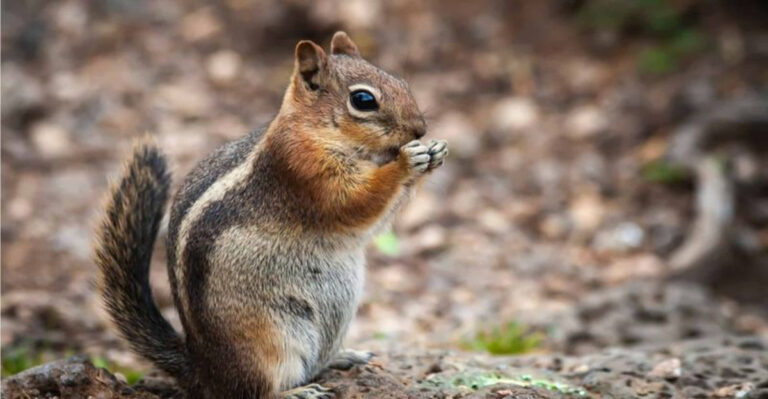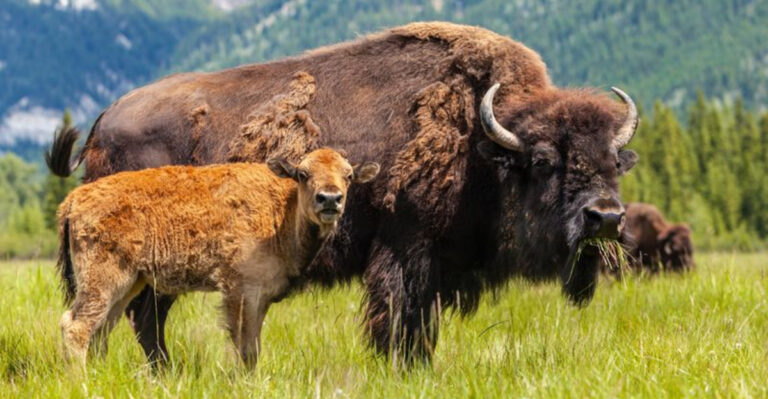20+ Incredible Wildlife Photos From Yellowstone National Park
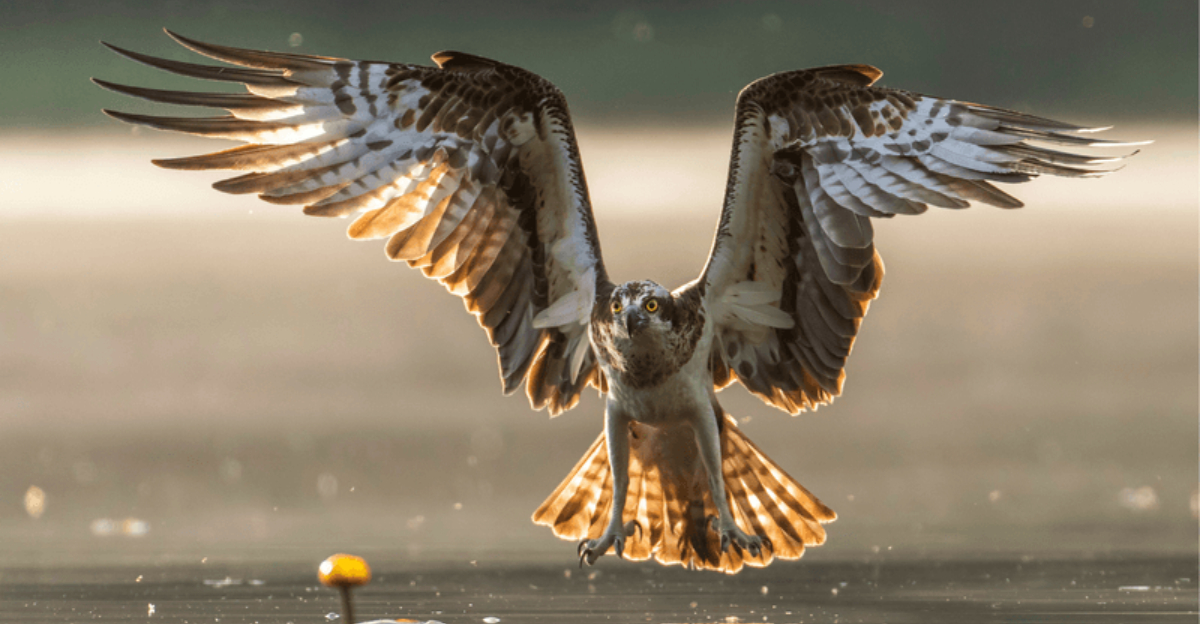
Hidden within the steaming geysers and sprawling forests of America’s first national park lives an astonishing array of wildlife.
Yellowstone’s diverse ecosystems support over 300 species of mammals, birds, fish, and reptiles, making it one of the most important wildlife sanctuaries in North America. From massive bison herds to elusive wolverines, these fascinating creatures are as much a part of Yellowstone’s identity as Old Faithful itself.
1. Majestic Gray Wolves
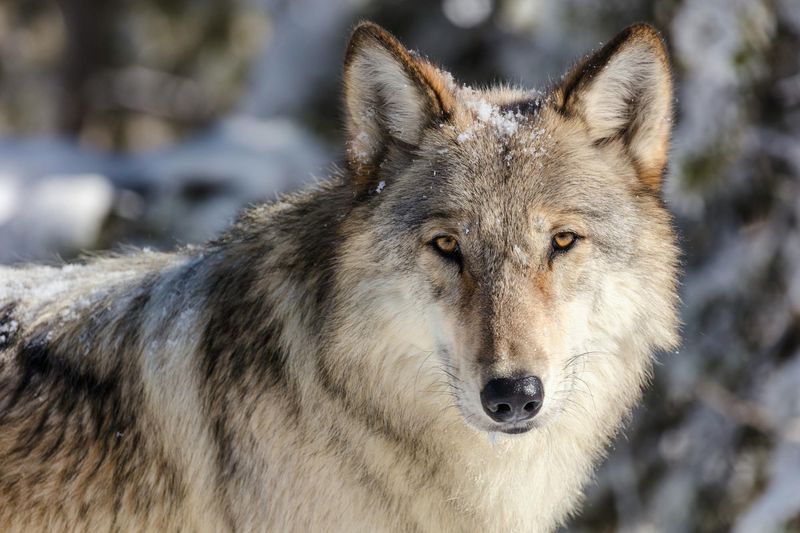
Howling across moonlit valleys, these social predators were successfully reintroduced to Yellowstone in 1995 after being completely eliminated in the 1920s. Their return triggered one of the most remarkable ecological chain reactions ever documented.
Wolf packs help control elk populations, which has allowed streamside vegetation to recover. This transformation has invited beavers back, creating new habitats for countless other species.
2. Thundering American Bison
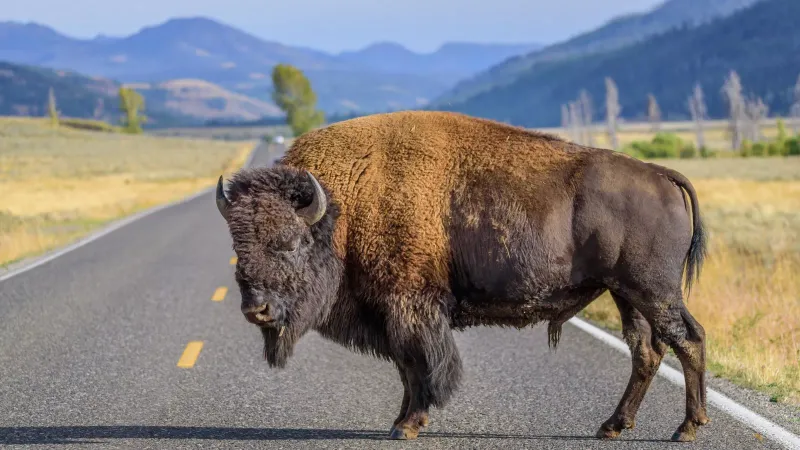
Weighing up to 2,000 pounds, these shaggy giants are living relics that once numbered in the millions across North America. Yellowstone preserves the nation’s largest public herd of genetically pure bison, descendants of just 23 animals that survived the mass slaughter of the 1800s.
Despite their bulky appearance, bison can sprint at 35 mph and jump six feet vertically. Their massive heads serve as snowplows in winter.
3. Stealthy Mountain Lions

Few visitors ever spot these elusive cats, though they patrol vast territories throughout the park. Also called cougars or pumas, these powerful predators can leap 40 feet horizontally and 15 feet vertically in a single bound.
Mountain lions primarily hunt elk and deer, dragging their kills to hidden caches. Scientists estimate 25-35 adult mountain lions inhabit Yellowstone, though their secretive nature makes exact population counts challenging.
4. Industrious Beavers
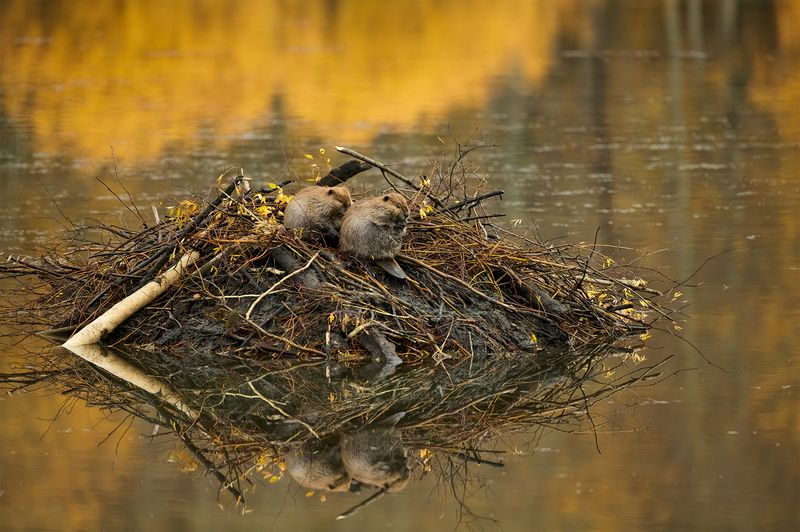
Nature’s engineers transform entire ecosystems with their remarkable dam-building skills. After nearly disappearing from Yellowstone due to wolf extirpation and subsequent habitat changes, beavers are making a comeback thanks to the wolf reintroduction.
Their pond-creating activities provide crucial habitat for fish, amphibians, and waterfowl. A single beaver family can cut down hundreds of trees annually, dramatically reshaping riparian areas into wildlife hotspots.
5. Soaring Bald Eagles
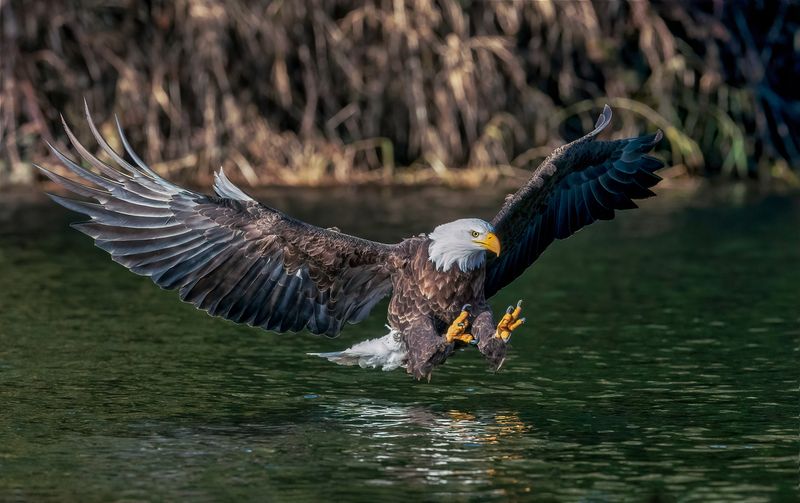
America’s national symbol finds perfect hunting grounds along Yellowstone’s fish-rich waterways. With wingspans reaching seven feet, these magnificent raptors can spot fish from a mile away before diving at speeds up to 100 mph.
Yellowstone supports both year-round resident eagles and winter visitors when northern lakes freeze. Their dramatic comeback from endangered status represents one of America’s greatest conservation success stories.
6. Elusive Canada Lynx
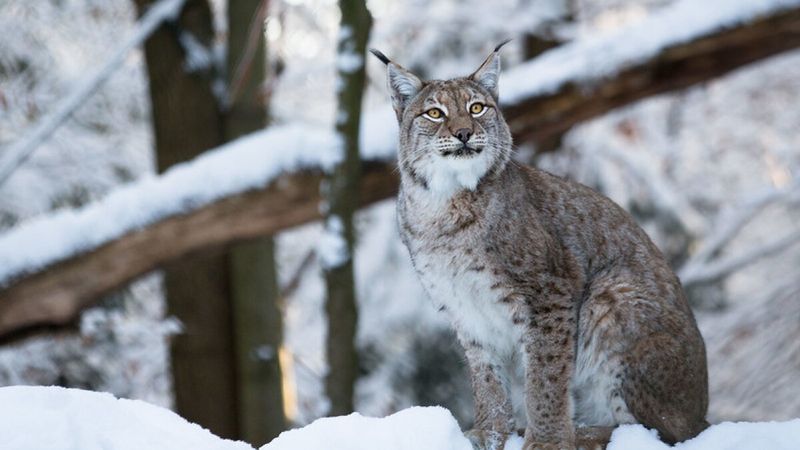
Phantom-like and rarely photographed, these medium-sized cats specialize in hunting snowshoe hares in Yellowstone’s remote northern forests. Their oversized paws act as natural snowshoes, allowing them to float atop deep powder where other predators sink.
Lynx populations cycle dramatically with snowshoe hare numbers. Their tufted ears and facial ruffs give them exceptional hearing while also serving as built-in satellite dishes to capture the faintest sounds of prey moving beneath snow.
7. Playful River Otters
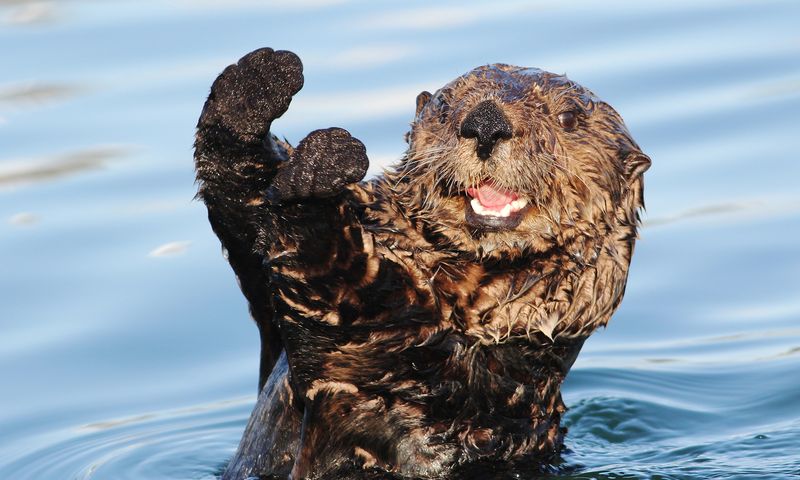
Sliding down muddy banks and performing underwater acrobatics, these charismatic mammals bring joy to anyone lucky enough to spot them. River otters remain active year-round, even swimming beneath ice in winter.
Their dense fur contains up to one million hairs per square inch, making it among the thickest of any animal. Highly social and intelligent, otters create elaborate tunnel systems with multiple underwater entrances along Yellowstone’s waterways.
8. Formidable Grizzly Bears
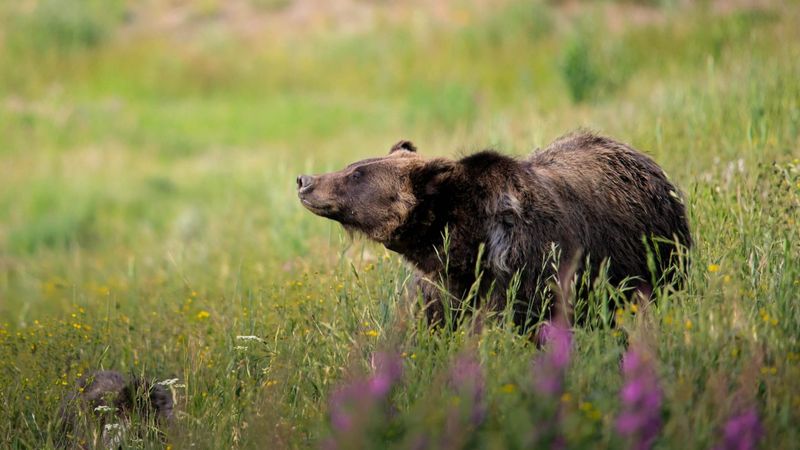
Long curved claws and massive shoulder humps distinguish these icons of wilderness from their black bear cousins. Yellowstone’s approximately 700 grizzlies represent a remarkable recovery from just 136 bears in the 1970s.
Despite weighing up to 700 pounds, grizzlies subsist primarily on berries, nuts, and roots. Their incredible sense of smell can detect food from miles away. A mother grizzly will fiercely defend her cubs for 2-3 years before sending them on their way.
9. Swift Pronghorn Antelope
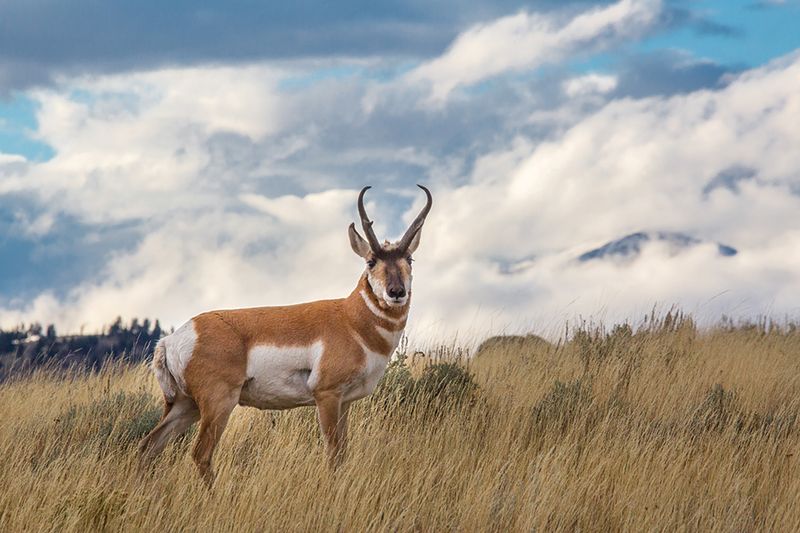
Blazing across open grasslands at sustained speeds of 55 mph, pronghorn are North America’s fastest land mammals and second fastest in the world after cheetahs. Unlike true antelope, these uniquely American animals evolved on this continent over 20 million years.
Their oversized hearts, lungs, and windpipes enable incredible endurance running. Pronghorn can see movement up to four miles away thanks to enormous eyes that provide a 320-degree field of vision.
10. Resourceful Coyotes

Masters of adaptation, these medium-sized canids thrived even when wolves were eliminated from Yellowstone. Now with wolves back, coyotes have adjusted their behaviors and territories while remaining abundant throughout the park.
Highly intelligent and opportunistic, coyotes eat everything from mice to berries. Their distinctive yipping howls often trick listeners into thinking many more coyotes are present than actually are. Some Yellowstone coyotes have learned to pounce on prey hiding beneath deep snow.
11. Graceful Trumpeter Swans

North America’s largest waterfowl glide majestically across Yellowstone’s lakes and rivers. With eight-foot wingspans and weights up to 30 pounds, these snowy white birds nearly vanished in the early 1900s when they were hunted for their feathers and skins.
Trumpeters form lifelong pair bonds, often remaining with the same mate for 20+ years. Their deep, resonant calls can be heard over a mile away. Yellowstone provides crucial breeding habitat for these recovering birds.
12. Rare Wolverines
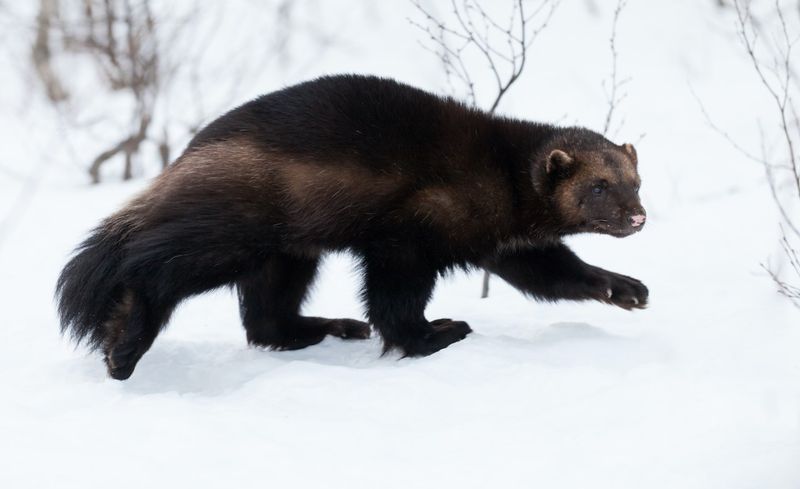
Pound for pound, these elusive mustelids might be the most ferocious mammals in North America. Despite weighing just 30 pounds, wolverines can drive grizzly bears away from kills and travel over 15 miles daily through deep mountain snow.
Scientists estimate fewer than 10 wolverines live within Yellowstone’s boundaries. Their specially adapted feet serve as built-in snowshoes, while their powerful jaws can crush frozen bones. Climate change threatens their snow-dependent lifestyle.
13. Agile Bighorn Sheep
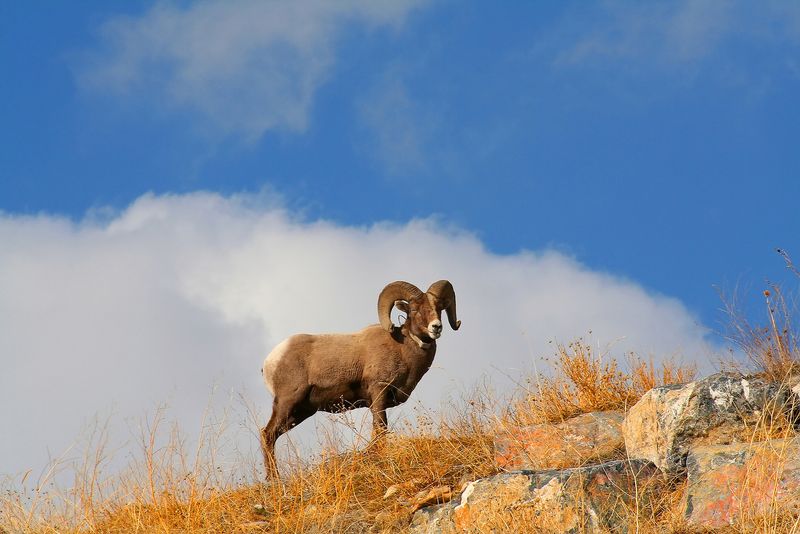
Scaling seemingly impossible cliff faces, these athletic ungulates perform death-defying feats daily. Male bighorns grow massive curved horns that can weigh up to 30 pounds—as much as all the bones in their body combined.
During mating season, rams charge each other at speeds of 20 mph, with horn collisions that can be heard a mile away. Their specialized hooves have soft centers for grip and hard edges for digging into rock, allowing them to navigate terrain too extreme for predators.
14. Secretive Bobcats

Often confused with lynx, these adaptable felines thrive in Yellowstone’s lower elevations where deep snow doesn’t accumulate. Bobcats can leap up to 12 feet in a single bound when pouncing on prey.
Excellent climbers and swimmers, they hunt everything from rabbits to birds. Their distinctive short “bobbed” tails give them their name. Despite being common throughout the park, bobcats remain rarely seen due to their cautious nature and primarily nocturnal habits.
15. Massive Bull Elk
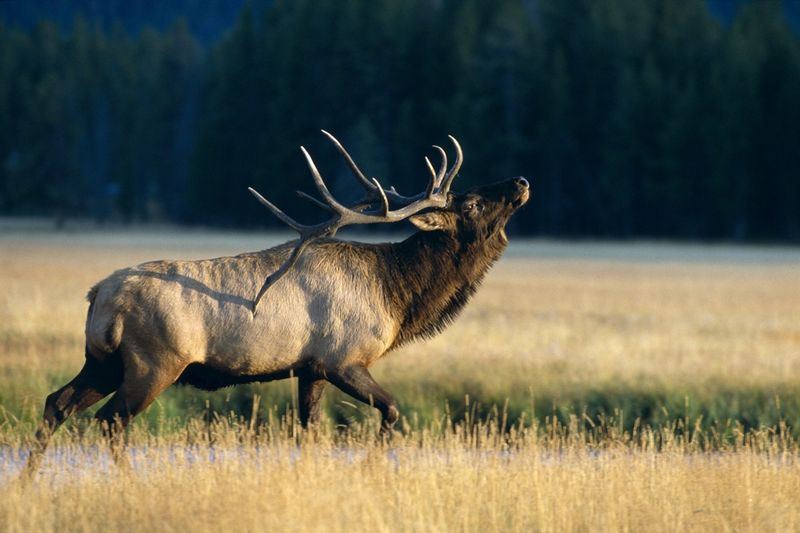
Fall brings the unforgettable sound of bugling elk echoing through Yellowstone’s valleys. Males battle for breeding rights by clashing their magnificent antlers, which can span five feet and weigh up to 40 pounds.
A single dominant bull may gather a harem of 20+ females. Each spring, males completely shed and regrow their antlers—the fastest growing bone tissue in the animal kingdom. Yellowstone supports the largest elk herd in North America.
16. Mysterious Badgers
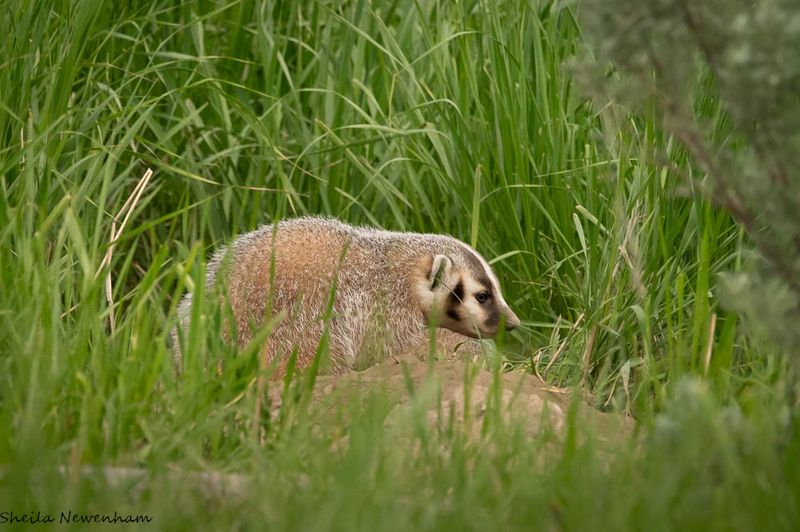
Digging machines with attitude, these subterranean predators can move a half-ton of soil in just minutes. Their powerful front legs and long claws make them exceptional excavators as they create elaborate burrow systems throughout Yellowstone’s grasslands.
Badgers primarily hunt ground squirrels and pocket gophers by digging them out of their tunnels. Sometimes they team up with coyotes in mutual hunting partnerships—the badger digs while the coyote waits to catch anything that escapes.
17. Cunning Red Foxes
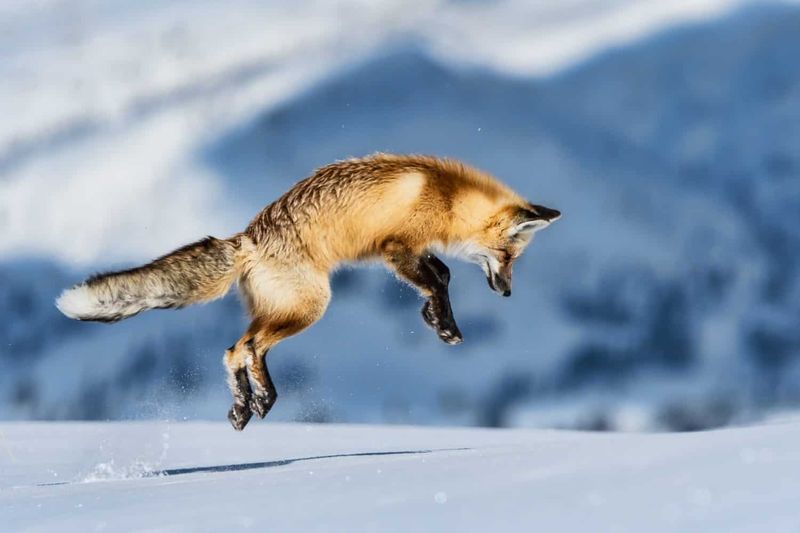
Flame-colored coats flash through meadows as these adaptable hunters pounce on mice hiding beneath snow. Their characteristic “mousing leap” involves triangulating prey by sound before jumping high and coming down precisely on target.
Yellowstone’s foxes remain active year-round, even in the harshest winter conditions. Their bushy tails serve multiple purposes: balance while running, warmth while sleeping, and communication with other foxes. Some individuals become surprisingly visible near developed areas.
18. Busy Yellow-bellied Marmots
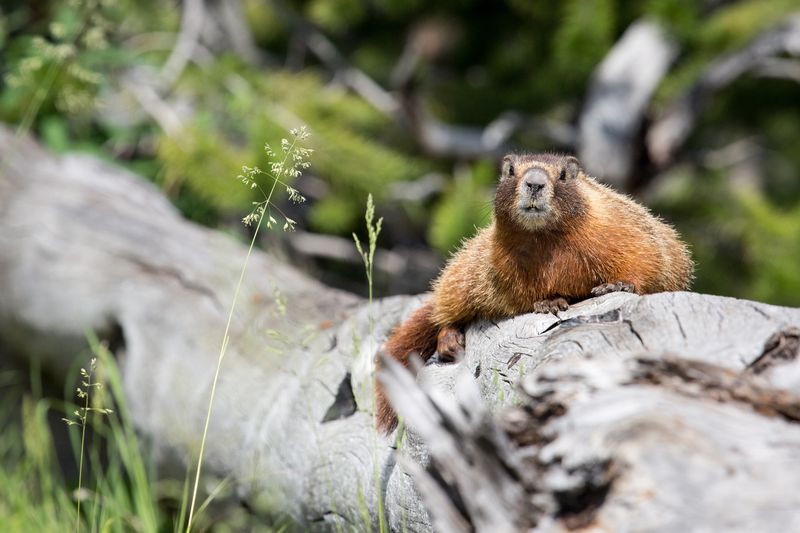
Sunbathing on rocks and whistling alarm calls, these oversized ground squirrels add character to Yellowstone’s higher elevations. Marmots spend over seven months each year in deep hibernation, their heart rates dropping from 200 beats per minute to just 3-4.
During their brief summer active season, they must eat enough to double their weight before winter returns. Their distinctive warning whistles alert other marmots to danger, earning them the nickname “whistle pigs” among park rangers.
19. Acrobatic Pine Martens
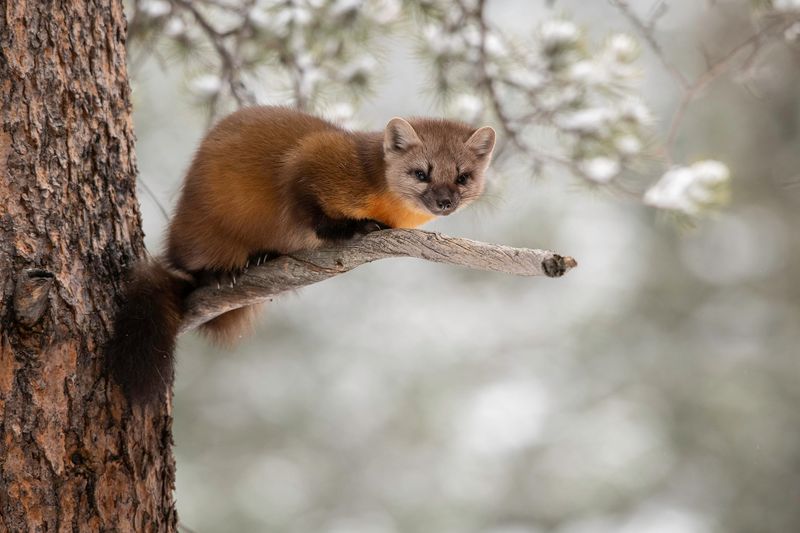
Racing through treetops with seemingly reckless abandon, these chocolate-brown members of the weasel family rarely touch the ground. About the size of a house cat but infinitely more agile, pine martens can rotate their hind feet 180 degrees for headfirst descents down tree trunks.
Their semi-retractable claws and flexible ankle joints make them extraordinary climbers. Martens primarily hunt red squirrels through Yellowstone’s coniferous forests, sometimes traveling miles through the canopy without ever coming down.
20. Striking Osprey
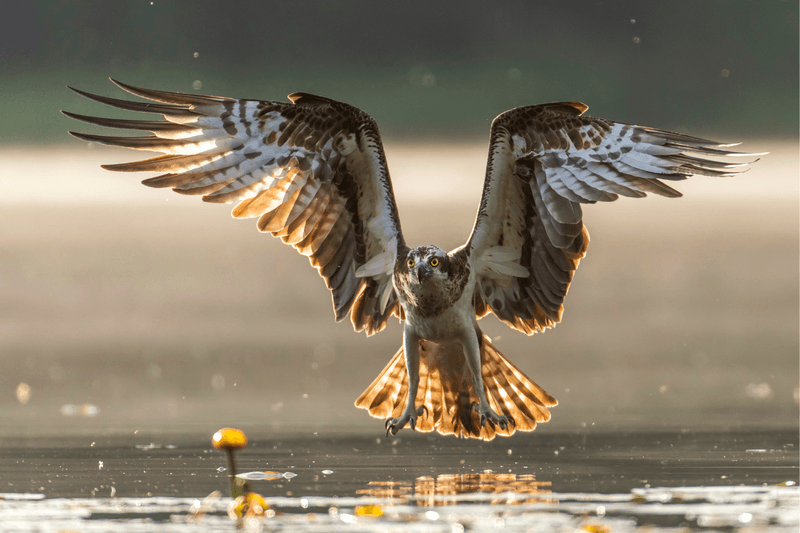
Plunging feet-first from heights of 100+ feet, these specialized fish-hunters hit water at 30 mph with remarkable accuracy. Their unique reversible outer toe and barbed foot pads help grip slippery fish, which they always carry head-forward for aerodynamic flight.
Yellowstone’s clear waters provide perfect hunting conditions for these dramatic aerial fishers. Osprey construct massive stick nests on rock pinnacles and dead trees, often returning to the same site for decades. Some nests reach six feet in diameter.
21. Tiny Pikas

Squeaking like rubber toys, these rabbit relatives scurry among rocky slopes collecting flowers and grasses for winter. Despite their diminutive size—about that of a potato—pikas don’t hibernate, remaining active beneath the snow all winter by relying on carefully prepared “hay piles.”
Climate change threatens these cold-adapted creatures, as they can overheat in temperatures above 75°F. Yellowstone’s high-elevation talus slopes provide crucial habitat. Their round ears, lack of visible tail, and distinctive calls make them visitor favorites.
22. Fierce Peregrine Falcons

Breaking the sound barrier during hunting dives, these aerial masters reach speeds over 240 mph—making them the fastest animals on Earth. After nearly disappearing due to DDT poisoning, peregrines have made a remarkable comeback in Yellowstone, nesting on inaccessible cliff faces.
Their specialized nostrils contain baffles that prevent lung damage during supersonic dives. When striking prey mid-air, peregrines clench their talons into a “fist” to deliver a knockout blow rather than grabbing with outstretched feet.
23. Magnificent Moose
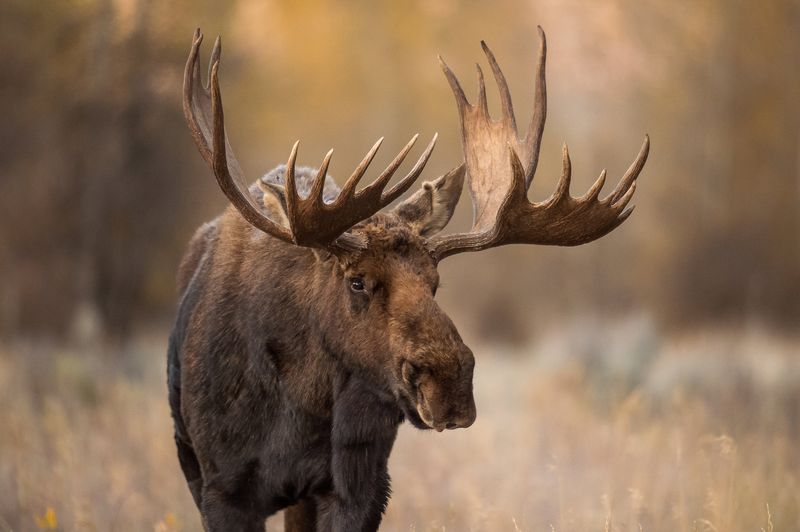
Standing over seven feet tall at the shoulder, these gangly giants are the largest members of the deer family. Male moose grow enormous palmate antlers spanning six feet and weighing up to 70 pounds, which they shed and regrow annually.
Surprisingly good swimmers, moose can dive 20 feet underwater to feed on aquatic plants. Their long legs allow them to navigate deep snow and wade through wetlands that other ungulates can’t access. Yellowstone’s willow flats provide perfect moose habitat.
24. Colorful Cutthroat Trout
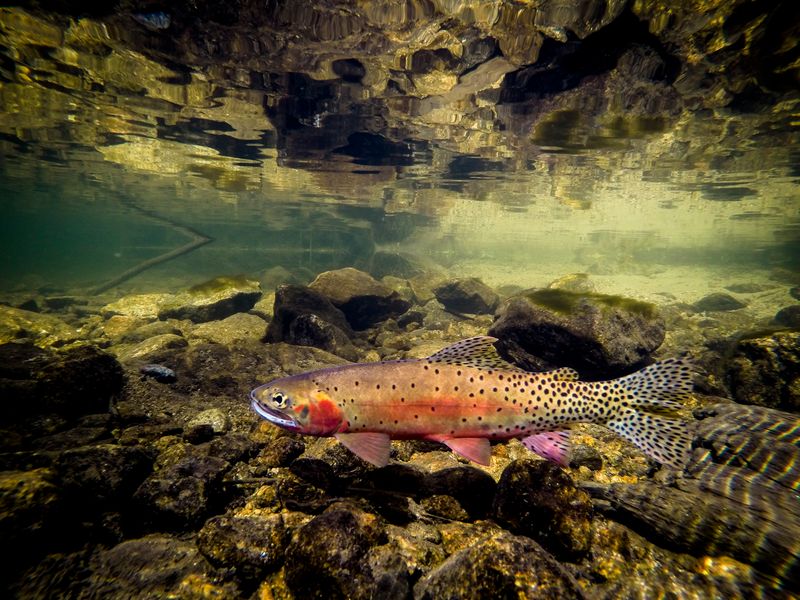
Flashing red-orange slashes beneath their jaws, these native fish have swum Yellowstone’s waters since prehistoric times. Cutthroats evolved in isolation for thousands of years, developing unique subspecies adapted to specific watersheds.
These beautiful fish face threats from introduced species and climate change. Historically, some Yellowstone cutthroats grew to 50 pounds. They provide crucial food for bears, otters, eagles, and osprey, making them a keystone species in the park’s aquatic ecosystems.
25. Shy Mountain Goats
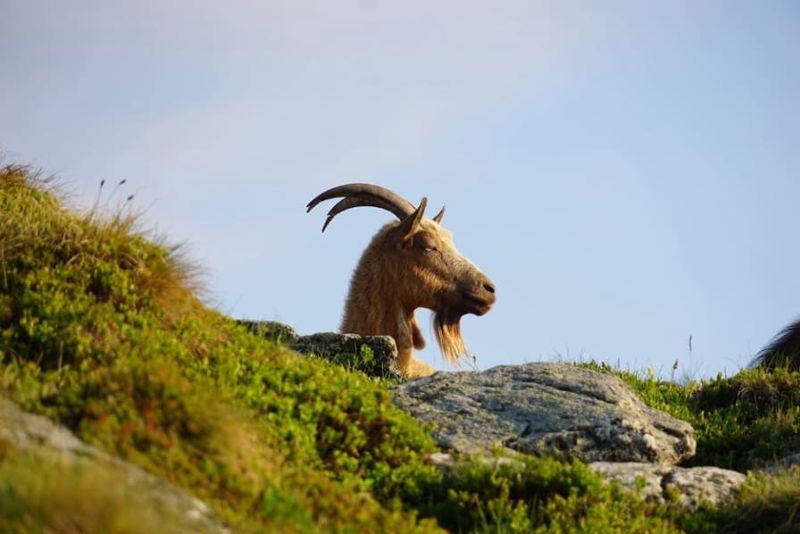
Defying gravity on nearly vertical cliffs, these white-coated climbers are actually not native to Yellowstone. They arrived naturally from nearby mountain ranges where they had been introduced for hunting in the 1920s.
Specialized hooves with soft, grippy centers and hard, sharp edges allow mountain goats to navigate terrain too extreme for any predator to follow. Their thick white coats contain hollow hairs for insulation against brutal mountain winters. Kids can follow their mothers across treacherous terrain just hours after birth.
26. Endangered Black-footed Ferrets
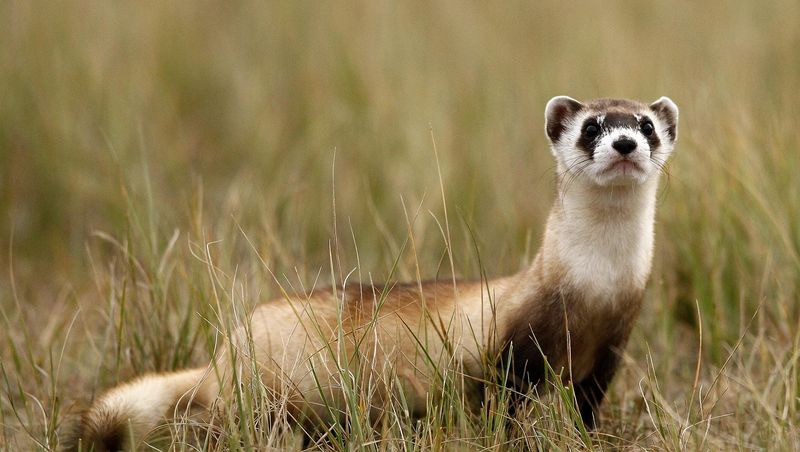
Back from the brink of extinction, these masked prairie predators once disappeared completely from the wild. After a small population was discovered in Wyoming in 1981, captive breeding efforts have slowly reestablished these specialized hunters in parts of their former range, including areas near Yellowstone.
Black-footed ferrets depend almost entirely on prairie dogs for both food and shelter, using abandoned burrows as homes. Their distinctive black mask and feet contrast sharply with their pale body.


